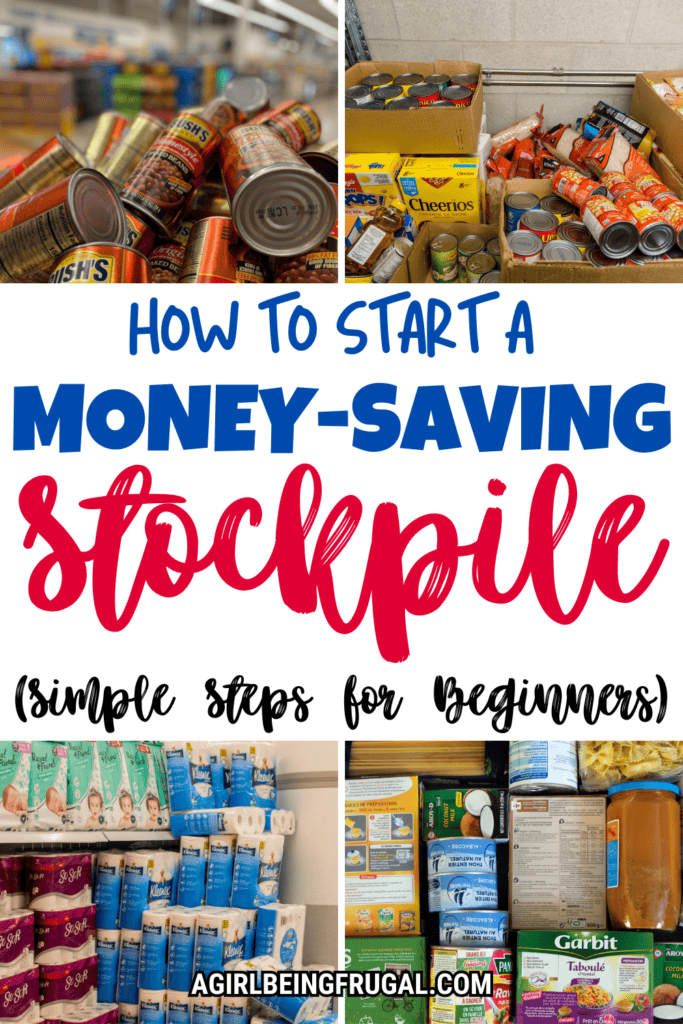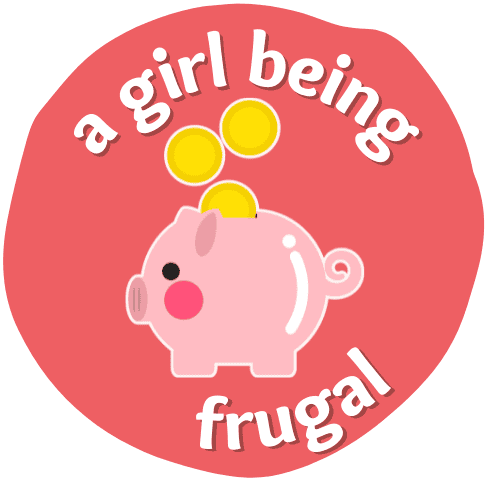How to Start a Money-Saving Stockpile: Simple Steps for Beginners
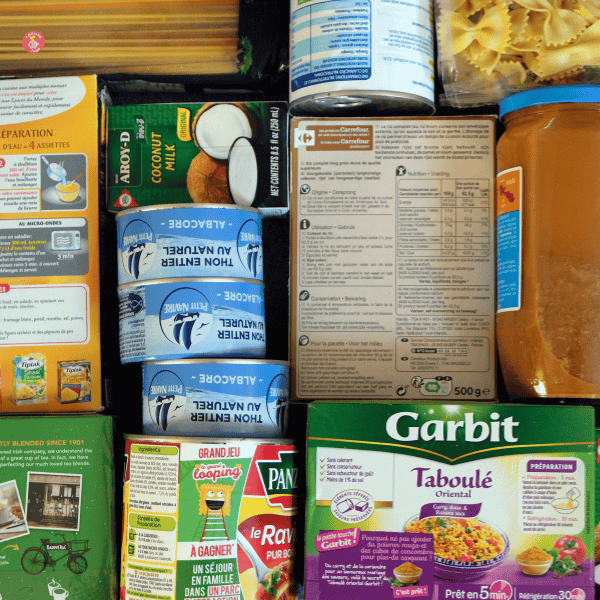
Stockpiling can seem like a big task, but it’s actually a smart way to save money and prepare for the unexpected. Whether you want to cut grocery bills, be ready for emergencies, or simply have your home stocked with essentials, building a stockpile is a rewarding and easy-to-manage process. Here’s a detailed step-by-step plan for anyone who’s new to stockpiling.
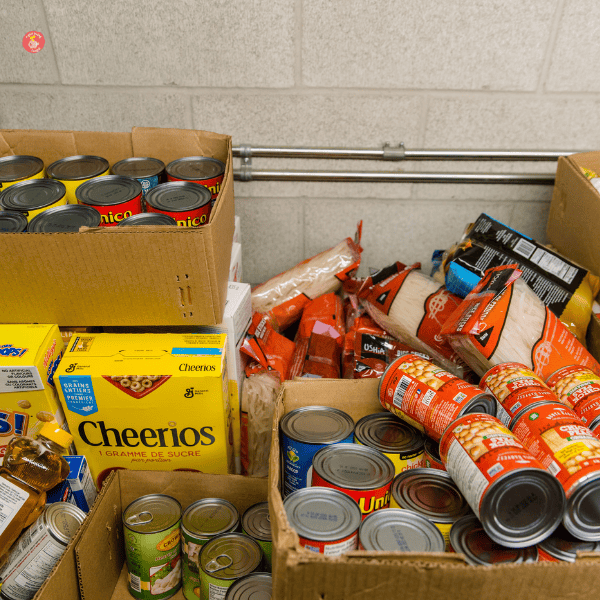
What is Stockpiling?
Stockpiling is the act of buying items in bulk or on sale and storing them for future use. The idea is to buy when prices are low, so you don’t have to pay full price later. Over time, this saves a lot of money, especially when done with a strategy. Items that have a long shelf life, such as canned goods, dry foods, and household essentials, are perfect for this.
Step 1: Decide What to Stockpile
The first step in creating a stockpile is knowing what to buy. The goal is to have a collection of non-perishable or long-lasting items that your household uses regularly. Stockpiling isn’t about hoarding or buying things you don’t need—it’s about being smart with your money and time.
Here are some common categories of items that people stockpile:
- Food Staples: Canned goods, pasta, rice, flour, sugar, dried beans, oatmeal, and boxed meals.
- Beverages: Bottled water, coffee, tea, and juice boxes.
- Cleaning Supplies: Detergents, dish soap, disinfectant wipes, bleach, and trash bags.
- Paper Products: Toilet paper, paper towels, tissues, and napkins.
- Personal Care: Toothpaste, soap, shampoo, feminine products, deodorant, and first-aid items.
- Pet Supplies: Food, treats, litter, and grooming essentials for any pets you have.
To make your stockpile even more effective, focus on items that are versatile and can be used in multiple ways. For example, dried beans can be used in soups, salads, or as a side dish. Baking soda is another versatile stockpile item—use it for cleaning, deodorizing, or baking. Think about what your household uses often and what could be stored for long periods of time.
Step 2: Start Small and Prioritize
If you’re just starting, it’s easy to feel like you need to buy everything at once, but that’s not necessary. Begin with the essentials—items that your family uses every day. A great way to start is by identifying 10 to 15 things you use frequently and build your stockpile around those.
For example, canned vegetables, pasta, and coffee may be staples in your household. Each week, aim to buy a few extra of these items when they’re on sale, or consider buying in bulk if there’s a good deal. Over time, you’ll notice your stockpile growing without a huge upfront investment.
You can also stockpile seasonal items that go on sale. For example, baking ingredients like flour and sugar tend to be cheaper around the holidays. Similarly, grilling essentials like charcoal or condiments often go on sale during summer. If you plan ahead, you can stockpile these items at lower prices and save them for future use.
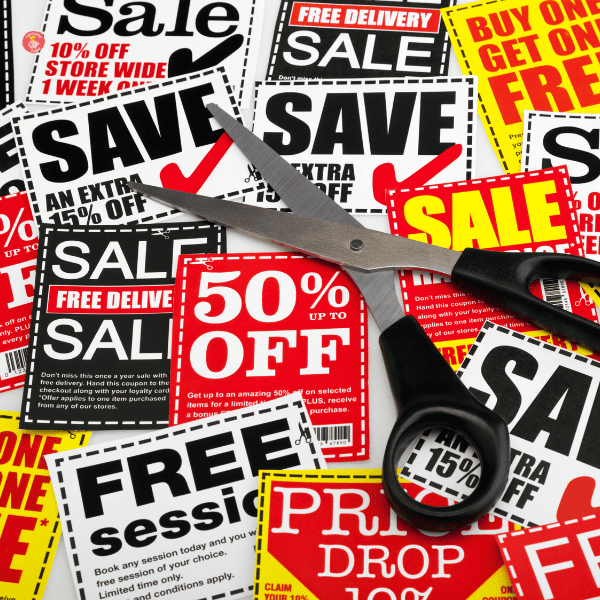
Step 3: Track Sales and Use Coupons
To save money on your stockpile, it’s important to track sales. Some of the best places to find deals include:
- Grocery stores: Look for weekly sales, especially on non-perishables.
- Wholesale stores: Costco and Sam’s Club offer great deals for buying in bulk.
- Discount stores: Places like Aldi, Dollar Tree, and Walmart often have lower prices on pantry essentials and household goods.
- Online: Amazon and Thrive Market frequently run sales on bulk items.
In addition, use apps like Ibotta, Honey, or Rakuten to get cash back on purchases. Coupons, either from newspapers or store apps, can also provide significant savings. Combining sales with coupons is one of the best ways to grow your stockpile for less. If you don’t already use store loyalty programs, consider signing up for them—they often offer additional discounts or access to special sales.
Step 4: Make a Budget and Stick to It
While stockpiling helps save money over time, it’s important to do it within your budget. If you’re living on a tight budget, allocate a specific amount each month for stockpile items. Even $20 a month can build a solid stockpile in a few months.
A good strategy is to buy in bulk only when items are on sale, then gradually build up your stockpile without overspending. You don’t need to buy everything at once. For example, if canned goods are on sale one week, focus on stocking up on those. The following week, you can shift to paper goods.
Some people like to use the “buy one, stock one” rule: each time you buy an item, buy one for now and one for the stockpile. This prevents you from feeling overwhelmed financially while still making steady progress.
Step 5: Store Your Stockpile Efficiently
Once you start purchasing, you’ll need to figure out where to store everything. An organized stockpile will make it easier to keep track of what you have and prevent items from going to waste.
- Use shelves: A simple shelving unit in the garage, basement, or pantry can hold many items.
- Label containers: Labeling bins or containers with what’s inside makes it easier to find things.
- Use airtight containers: For items like rice, flour, and pasta, consider using airtight containers to keep them fresh for longer.
- Rotate your stockpile: Always place newer items behind the older ones. This ensures you’re using the oldest items first and prevents expiration waste.
If space is an issue, get creative. You can store items under beds, on top of cupboards, or in any unused closet space. Vacuum-sealing bulky items like comforters or out-of-season clothing can free up room for your stockpile as well.
Step 6: Don’t Forget Household and Personal Care Items
Stockpiling isn’t just for food. Household and personal care items are just as important to have on hand. Cleaning supplies, personal hygiene products, and even pet food can be expensive to buy regularly, but buying them on sale in bulk can lead to big savings.
For instance, when you see a sale on laundry detergent or toilet paper, buy a few extra to store for later. These items don’t spoil, and you’ll save money by avoiding the need to buy them at full price when you run out. More people are also stockpiling eco-friendly products like reusable kitchen towels, biodegradable cleaning products, and natural toiletries. These items often go on sale around Earth Day, making it a great time to stock up.

Step 7: Maintain and Manage Your Stockpile
A well-maintained stockpile is key to saving money. Here’s how to keep everything in check:
- Inventory: Keep a running list of what’s in your stockpile and note when items are getting low. This prevents overbuying or running out unexpectedly.
- Expiration dates: Regularly check expiration dates and use older items first. Try to consume items before they’re close to expiring.
- Seasonal stockpiling: Some items are cheaper at certain times of the year. For example, baking goods go on sale before the holidays, while grilling essentials may be cheaper during summer.
Don’t forget to adjust your stockpile based on changing household needs. If you have kids, their dietary preferences may change as they grow. Likewise, if someone in your home develops allergies or goes on a special diet, you’ll need to make sure your stockpile reflects those needs.
Step 8: Advanced Tips for Long-Term Stockpiling
If you’re ready to take your stockpiling to the next level, consider these advanced strategies:
- Bulk purchasing clubs: Joining a wholesale club like Costco or Sam’s Club can provide significant discounts on large quantities of items.
- Batch cooking and freezing: Cooking large quantities of meals like soups, stews, or casseroles and freezing them can help stretch your food supply even further.
- Gardening and canning: If you have space for a garden, growing your own vegetables and learning to can or preserve them is an excellent way to supplement your stockpile.
Long-term stockpilers also benefit from having a dedicated storage space, such as a basement or garage, equipped with proper shelving and climate control to protect sensitive items.
Key Takeaways
Starting a stockpile doesn’t require a huge investment upfront. The trick is to buy a few extra items at a time, prioritize essentials, and shop smartly using sales and coupons. Over time, you’ll build a well-stocked pantry that helps you save money, reduce trips to the store, and ensure you’re prepared for unexpected events.
By following these steps, you can build a stockpile that suits your family’s needs, keeps costs down, and offers peace of mind.
